Few weeks ago, MIT Art, Culture and Technology (ACT) Program invited for Monday’s lecture series: “Experiments in Thinking, Action, and Form“ Taru Elfving, the artistic director of Contemporary Art Archipelago (CAA) exhibition and research project.The exhibition of more than 20 site-specific art works and events took place in the Turku Archipelago during last summer. In the event, artists and CAA participants Nomeda & Gediminas Urbonas (ACT Affiliate & ACT Associate Professor respectively) and Renée Green (ACT director, Associate Professor, and lecture series host) also presented their work and joined the discussion to talk about environmental art and sustainability, culture and nature in exhibitions and artistic practices.
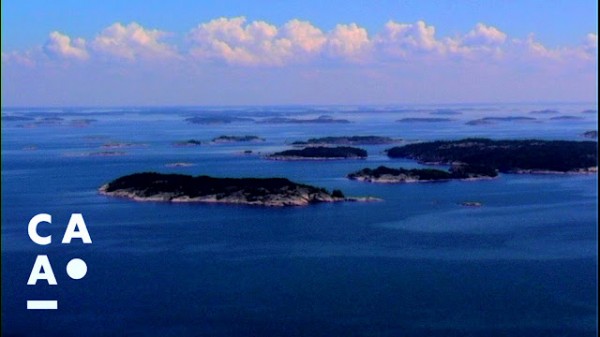
Figure 00. Contemporary Art Archipelago (CAA). Image source: Contemporary Art Archipelago (CAA)
The experience of Finland, the country, is inseparable from its landscape. Similarly to her forests, and large snow-scapes, the Turku Archipelago is another vast (water) landscape. It is a huge area, consisting out of approximately 20.000 islands. One needs around 6 hours to traverse the area from Turku city (North End of the archipelago) to Uto island (South end, and place for many of exhibition’s artistic interventions).
Why Turku Archipelago? Being the european capital (at that time), Turku, with its long history (military too) and cultural tradition, was expected to be seen as a particular environment, beyond the city itself. Turku Archipelago has very few people living in the winter, and perhaps 10 times more in the summer. The archipelago has a permanent community, with a very challenging life. The communities are getting smaller; there are islands with one person, and they are spread out. The infrastructure is being also dismantled making jobs like that of the postman the event of the area: the only connection between people. At the same time, the water in the area is very swallow, making it difficult to navigate. The proximity with Baltic Sea, a polluted, fragile ecology with minimum salinity and global traffic (there are still big ports, an example would be a traffic of 96.000 tons of oil) creates urgencies for catastrophes (a danger in the area my not be caused only by oil, but coca-cola too).
In such a context, ecological tourism, integrated with cultural activities seems to be the only future: the artists were invited to think, imagine and envision new sustainable futures.The exhibition focused on the ecological issues that were very crucial and the flows in-between the islands; the constantly moving matter that defines the islands and not the actual islands. For the ecological, the organizers were inspired by Felix Guattari‘s “Three ecologies” where one thinks beyond the banal duality of nature-culture; instead the emphasis is given to the environmental, social and mental aspects.
Why artists? According to Taru Elfving, art may be the only free platform, not defined by media, form or space; art allows to weave connections, it allows understanding and knowledge. The question of the local and site-specificity was also very present in the dialogue. Taru Elfving used Renée Green concept of site-sensitivity that creates a dialogue with the site, instead of focusing on the specific. The project maintained a very multidisciplinary approach, with international artists, to bring different perspectives, methodologies, practices, and modes of knowledge. Taru Elfving talked about the ”dysfunctionality” of the exhibition since it would require in practice 3-4 days in order to see all the works. This “dysfunctionality” in a way, according to Taru Elfving, transforms the works to islands themselves: there is no unique identity or unified element “It is the context that unifies them.” One more, she suggests to focus on the in-between, as the only way for the works to make sense. “You have to experience archipelago itself; not to compete with the landscape.”
Some of the projects of the exhibition are:
Glass Meadow is an environmental art work made of recycled glass out of discarded old windows. The sculptural surfaces form a glistening web that changes its light and colors throughout the period of the exhibition. According to the artist, Pia Rousku, “The fragility of glass echoes the vulnerability of earth.”
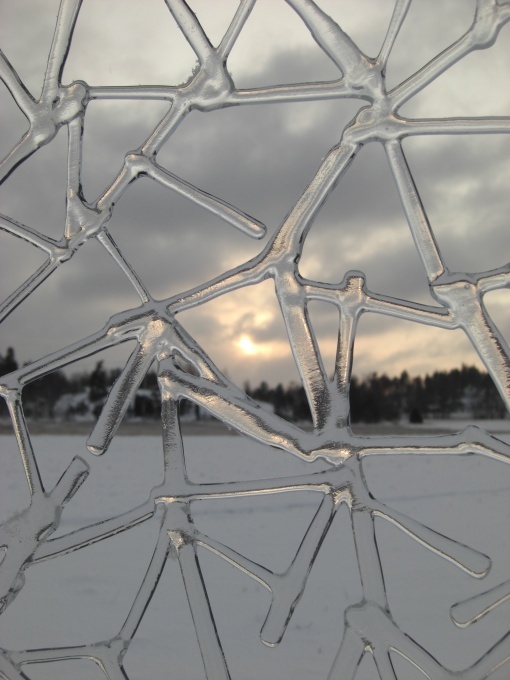
Figure 01. Glass Meadow by Pia Rouskou. Image source: Contemporary Art Archipelago (CAA)
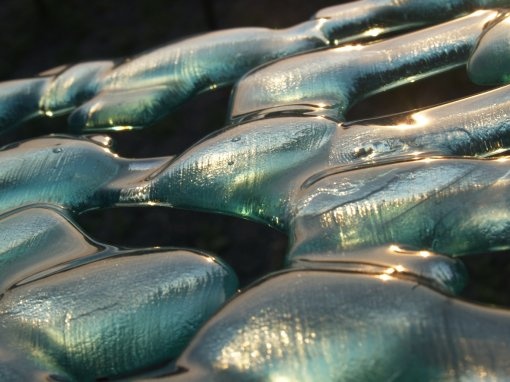
Figure 02. Glass Meadow by Pia Rouskou. Image source: Contemporary Art Archipelago (CAA)
Fishnest by Armi Nurminen, is both an artwork and an artificial reef at the bottom of the sea. “Light plays around the shell-like shapes while they form shelters for small fish and other marine life. Gradually the sculpture will find its place in this ecosystem and become part of the underwater landscape.” The piece is a permanent underwater sculpture, that can be experienced by swimming, snorkeling or diving (Watch the video).
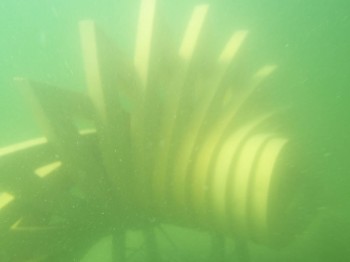
Figure 03. Fishnest. Image source: Contemporary Art Archipelago (CAA)
Architects and urbanists, John Palmesino and Ann-Sofi Rönnskog (Territorial Agency), teaching at Architectural Association (AA), have developed Fathoming Extraterritoriality: sensing the remote series of maps. Their work was based on their earlier North project presented at Slought Foundation. According to Slought Foundation, North is:
“…an occasion to think about how water is rapidly becoming the central issue in the management of inhabited territories. The changing conditions related to its ownership, protection from shortages and excesses, disputes on sovereignty, as well as underwater oil and mineral resources exploitation are modifying our perception of the geography of large parts of the Northern European regions, of the Artic Sea and Northern America. The research project addresses these themes through investigation of a number of case studies, from the oil resources off the coasts of Norway, to the disputed continental shelf under the North Pole, to the waterways accesses of Russia on the Baltic. By shifting our understanding of ‘location’ away from nation states and towards geographical regions and the interplay of different fields, North explores the dynamic relations between contemporary politics and their spaces of operation.”
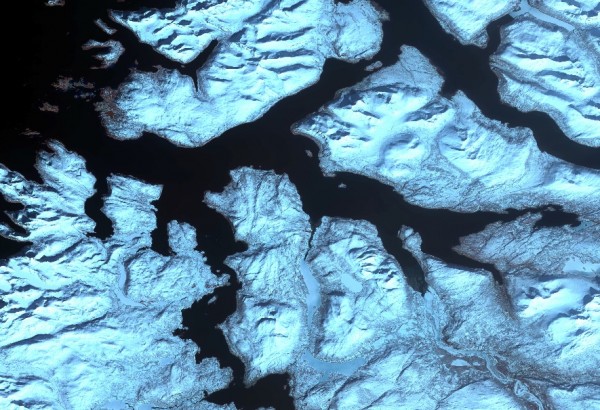
Figure 04. North project by John Palmesino and Ann-Sofi Rönnskog. Image source (Still from the slideshow): Slought Foundation
Open Hut by Minerva Cuevas addresses issues of extinction, disappearance, and global shifts in the modes of communication, economy and social organisation. According to Taru Elving, she rethinks how basic infrastructures, like the phone, take control of all the infrastructures. Minerva Cuevas invites the audience to make their own connections via an island’s independent mobile network.
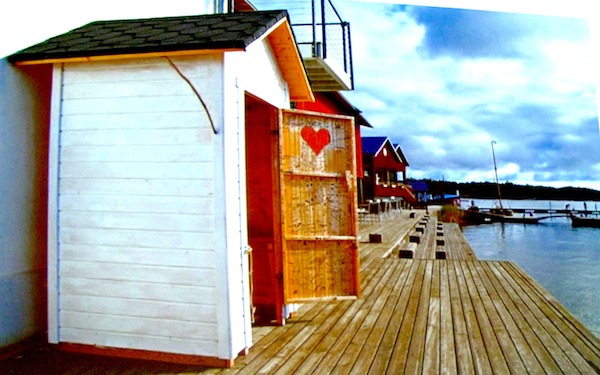
Figure 05. Open Hut by Minerva Cuevas. Image source (ACT presentation slide): Taru Elving
Nomeda & Gediminas Urbonas presented their environmental art project Uto-pia that “works with experimental media and communication techniques to map heterotopias – spaces that are remote and simultaneously next to us, the places that are connected and disconnected at the same time.” They are interested in the encounters between traditional and new technologies. According to the artists Uto-pia:
“…focuses on the sheep that during the summers graze on the outer islands, literally opting out of the modern way of life as they often inhabit the small pockets of land that fall outside mobile and other wireless networks. More sheep are needed in the archipelago to take care of the landscape. What kind of potential do these animals carry as they grow on the natural meadows, beyond the reach of the networks? Do they provide some answers to those searching for a way out of the endless flows of data in the urban everyday?”
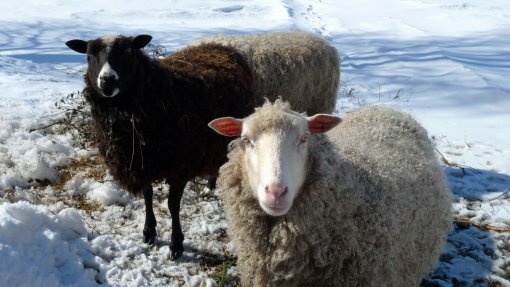
Figure 06. The sheep. Image credits: nugu/ Uto-pia
Uto-pia ”R&D” is documented in a very detailed, interesting to read and experience, website where one can explore all the different layers of their practice, including understanding the notion of island through philosophical reflection, learning about the (military) history through site visits to the island’s bunkers…
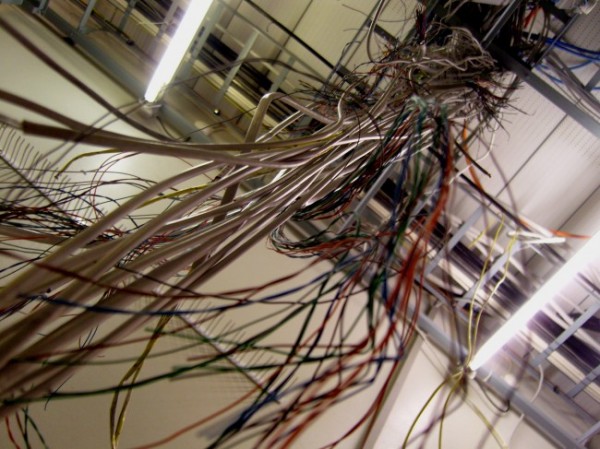
Figure 07. The remote bunkers are simultaneously the most interconnected. Image credits: nugu/ Uto-pia
…studying the ecological transformations through observations during their Archipelago visits, learning from the experts in sheep-cheese, milking-sessions, sheep-farming, and cheese-making through many fieldtrips and interviews…
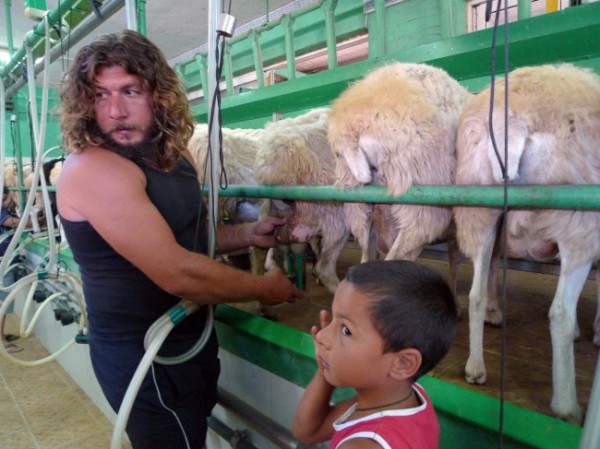
Figure 08. Yanis’ sheeps in Crete, Greece. Image credits: nugu/ Uto-pia
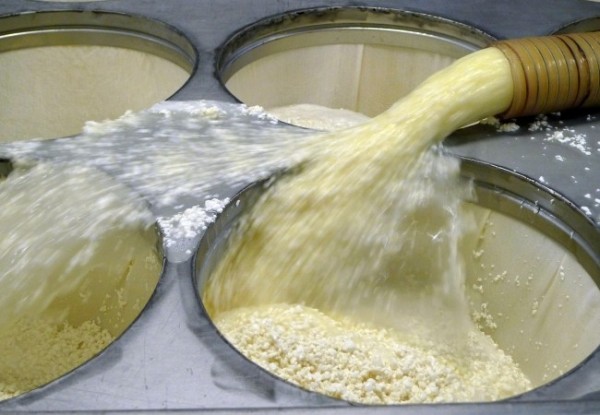
Figure 09. Cheese Factory in Crete, Greece. Image credits: nugu/ Uto-pia
… and eventually introducing the 1st Baltic sheep-cheese-workshop to produce cheese that can be stored in the bunkers, and tasted in different settings including the exciting guided tour performance to the bunker.
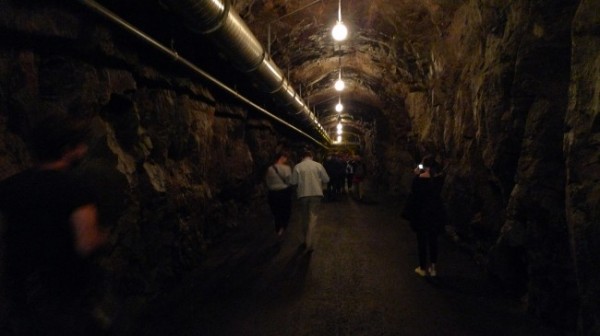
Figure 10. Taste visit to banker. Image credits: nugu/ Uto-pia
Renée Green, artist and ACT director and Associate Professor showed excepts from her film “Renée Green: Endless Dreams and Water Between.”According to CAA: ”Renée Green is known for her films and installations that address issues such as migration and its affects on subjects in the cross-cultural encounters. In Turku archipelago Green continues her research into the myriad desires projected over the oceans and onto islands. In the new work she brings together these isles with other distant ones through memories, fictive narrative and documentary footage.”
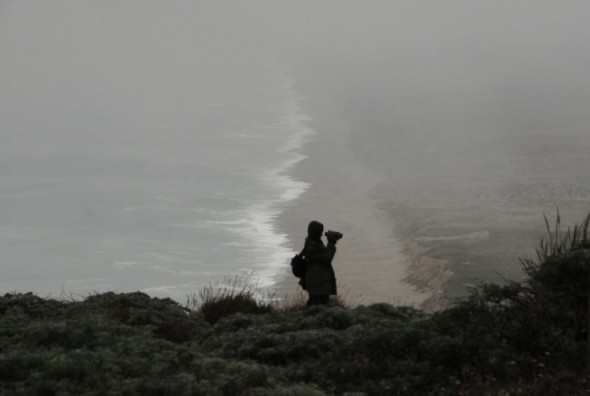
Figure 11. Endless Dreams and Water Between (still). Image source: Harmony Blog. To learn more about time-based art, read Renée Green‘s book “Endless Dreams and Time-Based Streams“
After the presentation of the excerpts, Renée Green raised interesting questions on what living on an island means: She compared the Turku Archipelago to her own experience living in Manhattan (island) and the San Francisco Archipelago.
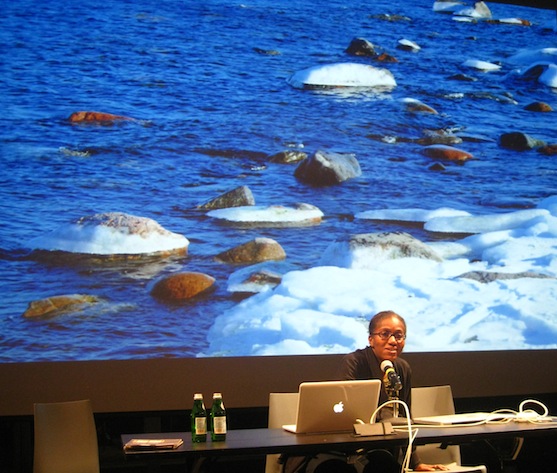
Figure 12. Renée Green, artist, and MIT Associate Professor and director during her talk.
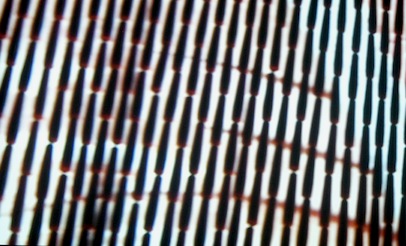
Figure 13. Slide from Renée Green’s short film.
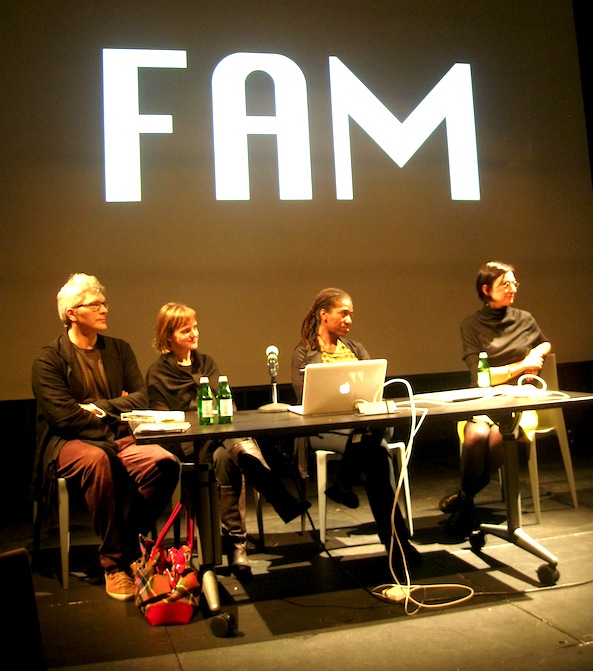
Figure 14. (From left to right ) Artists Gediminas & Nomeda Urbonas, Renée Green, and curator Taru Elving.
During this event some questions on art and sustainability emerged:
What is sustainable for art and individual practices?
What the exhibition leaves behind locally?
How the work continues elsewhere?
Questions about “the audience” were asked from the audience. Taru Elfving discussed the audience (of this exhibition) as a very complex one. Audience is the locals, the residents, the visitors, the participants, but MIT ACT audience as well. It is worth noticing the interesting remark by Ute Meta Bauer on curation and dissemination: “Curators need to focus on the dissemination of the exhibitions and also to avoid the bureaucratic, audience-driven choices in exhibitions. Exhibitions should be seen as spaces and opportunities for artists’ experimentation.”
(This report was written by Zenovia Toloudi)
Sources:
Contemporary Art Archipelago (CAA)
MIT ACT Lectures Series
Nomeda & Gedimina Urbonas
Renée Green
FAM
Spheres of Interest